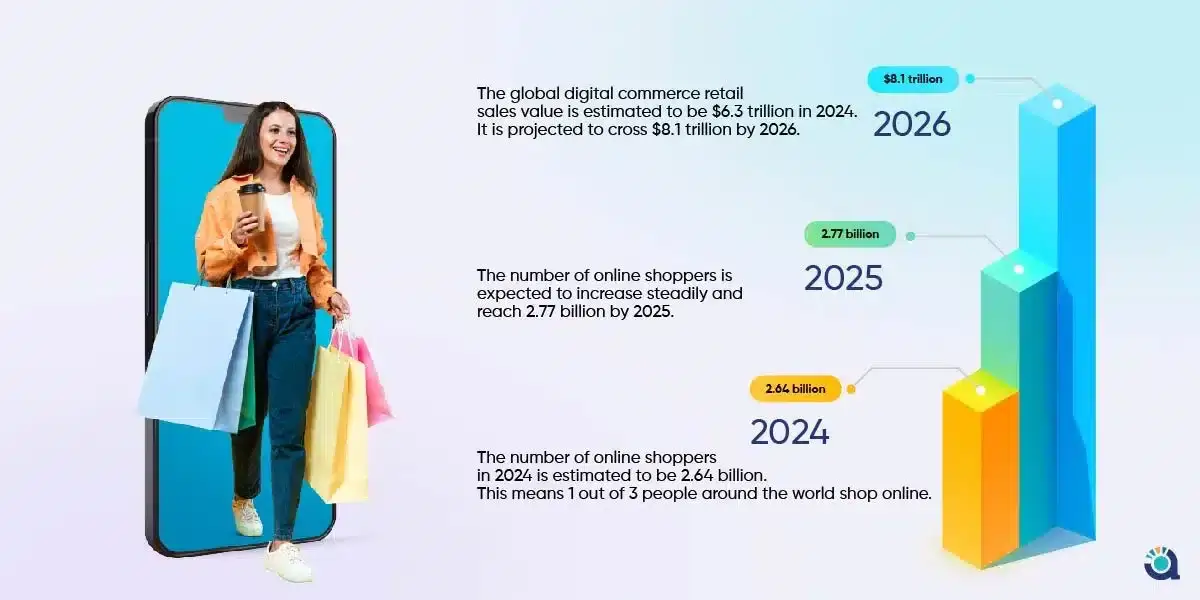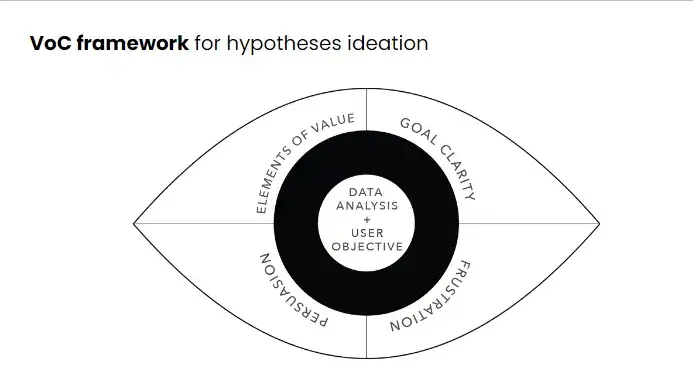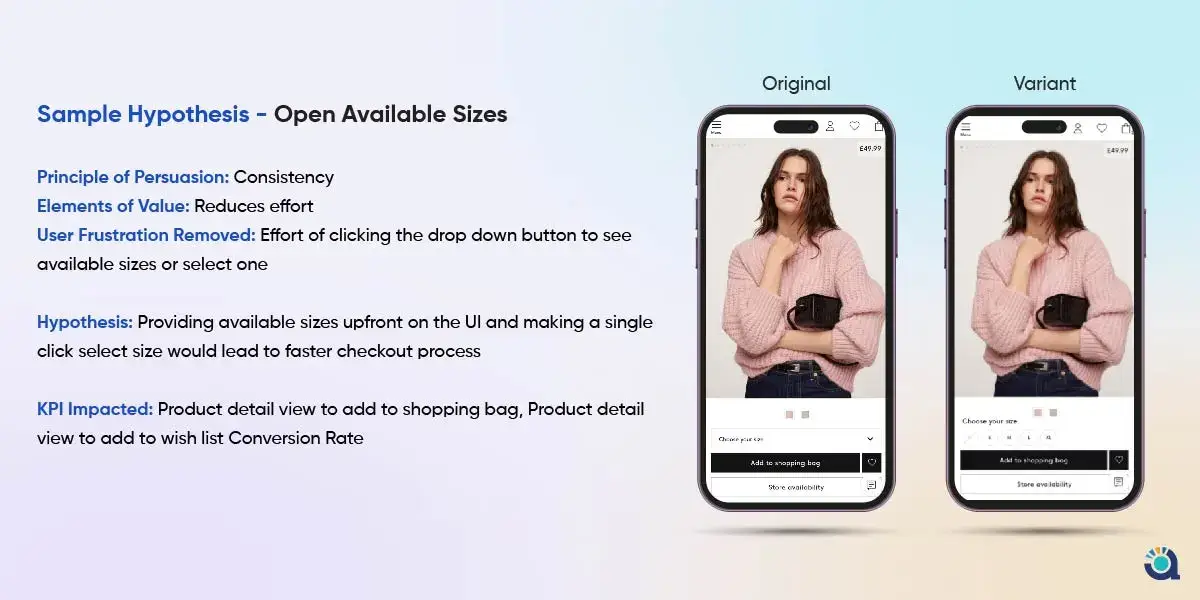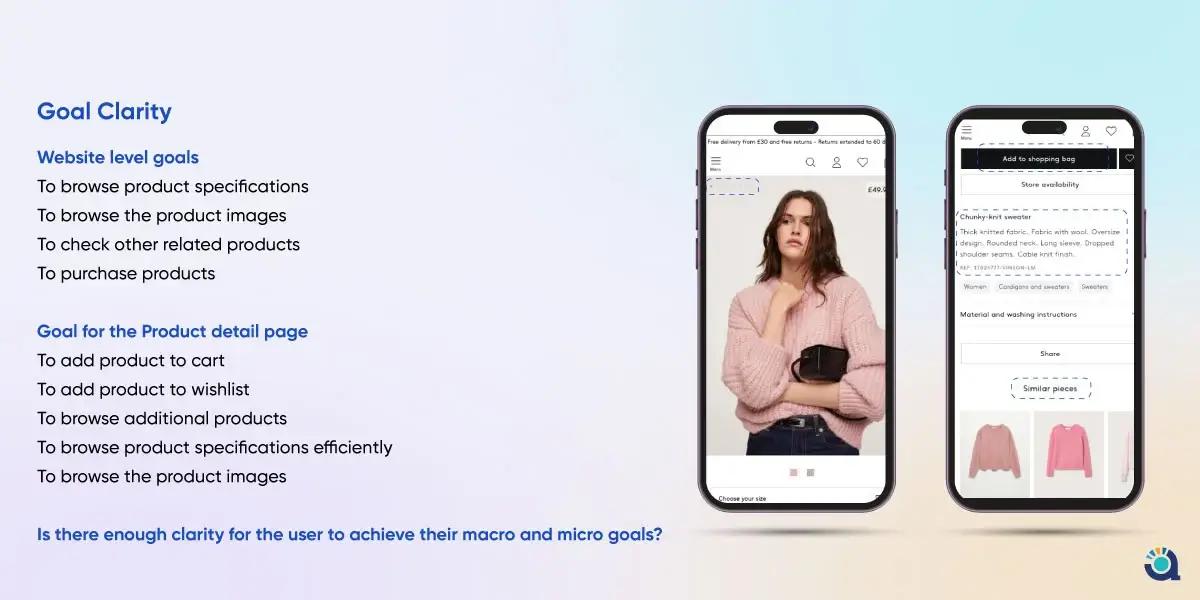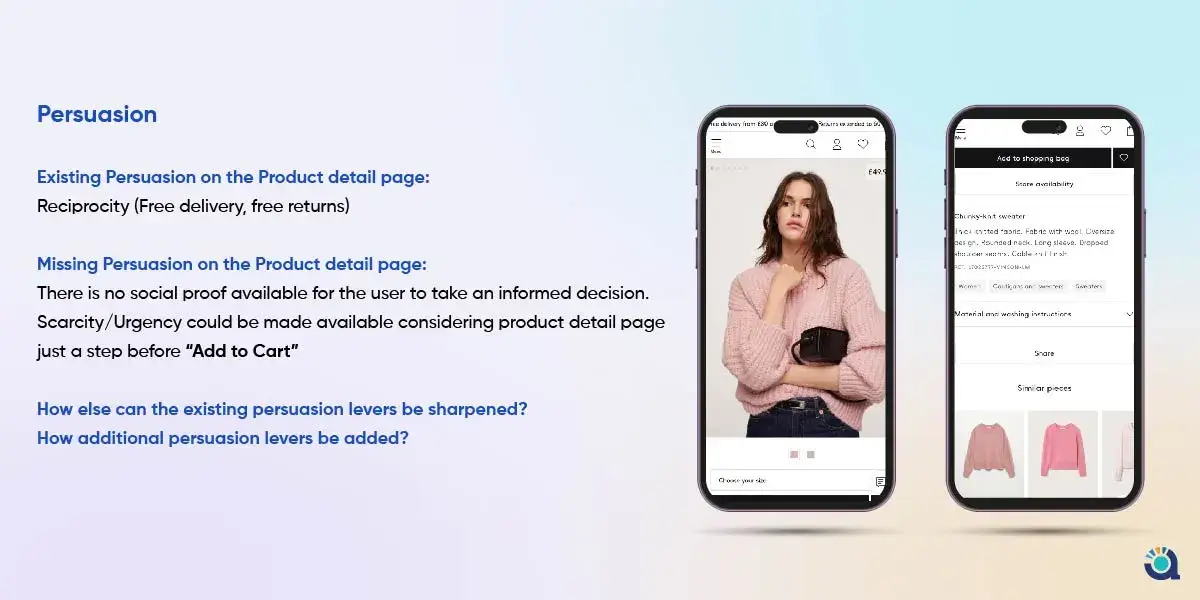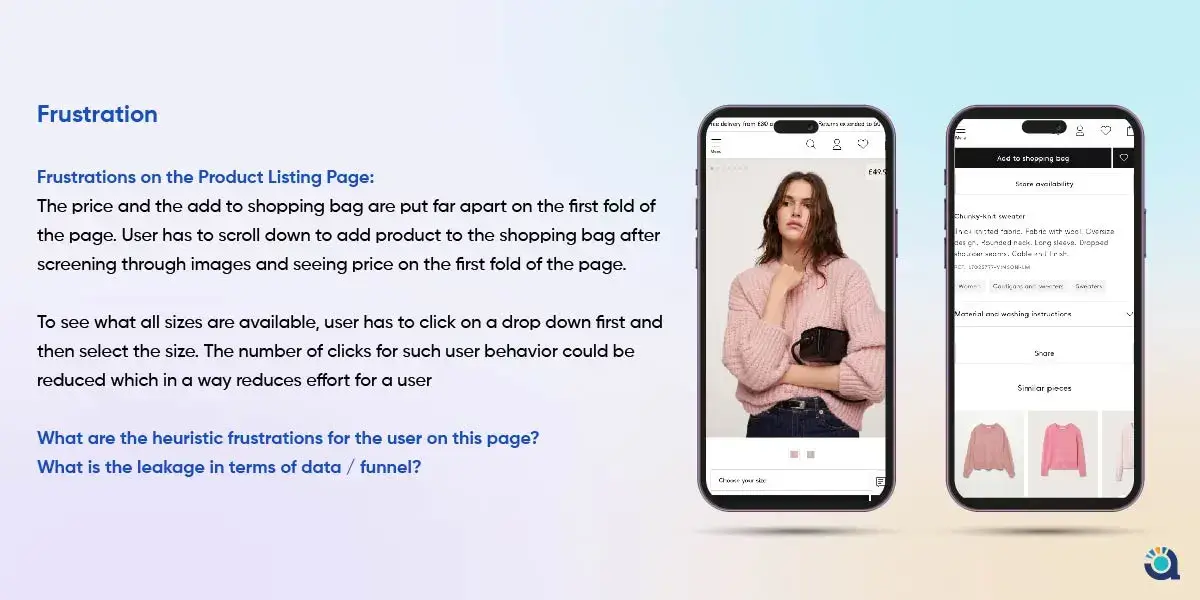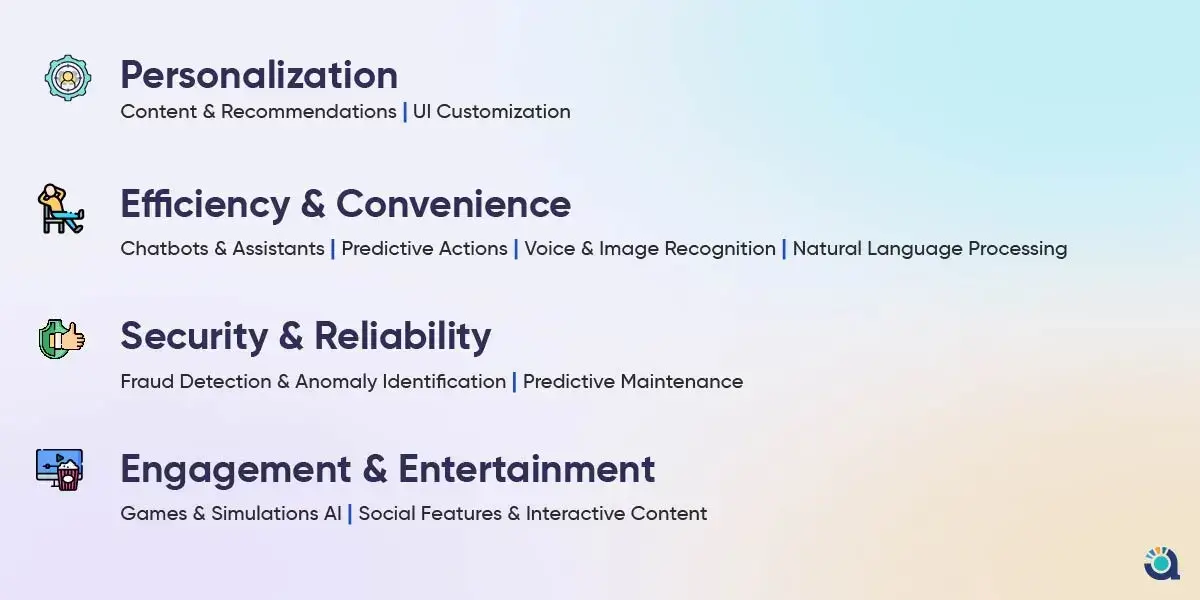Mobile App’s User Experience Optimization Handbook (Includes 2024 Trends)
As we stride into the year 2024, the significance of Mobile App User Experience Optimization has reached new heights, becoming a pivotal factor in the success and sustainability of any application.
This handbook aim unravel the key aspects that define why Mobile App User Experience Optimization is set to play a critical role in the digital ecosystem this year.
This handbook mainly focuses on
- Why Mobile Apps User Experience Optimization will be so important in 2024?
- How to improve the mobile app user experience?
- How to measure the effectiveness of the mobile app user experience?
- Top Mobile App trends that will shape your optimization strategy
Why Mobile Apps User Experience Optimization will be so important in 2024?
The importance of optimizing user experience (UX) in mobile apps in 2024 can be understood through a compelling narrative that ties together the statistics provided by Metanshi.
Demand across Industry Verticles and Horizontals
In the context of fintech, and extending to other sectors like healthcare, education, and services, mobile apps have become crucial tools for lead generation. The first interaction a potential customer has with a brand is often through a mobile app. This initial experience can be the deciding factor in converting a casual user into a serious lead. Hence, industries are investing more in enhancing the user experience right from the first interaction.
The Surge in Online Shoppers
With an estimated 2.64 billion online shoppers in 2024, which is about one-third of the global population, there’s a significant shift in consumer behaviour.
This massive audience represents a diverse range of needs, preferences, and behaviours. Companies that optimize their mobile app UX stand to better cater to this varied and growing demographic, offering personalized and efficient shopping experiences.
The Expanding Digital Commerce Retail Sales
With the global digital commerce retail sales value estimated at $6.3 trillion in 2024 and projected to cross $8.1 trillion by 2026, the stakes are incredibly high. This immense market potential can be best tapped by businesses that prioritize user experience in their mobile apps. A seamless, engaging, and user-friendly app can be a significant differentiator in a crowded market.
User-Centric Approach
Finally, the emphasis on UX optimization underscores a broader shift towards a user-centric approach in business. By prioritizing the needs and experiences of users, companies can create more meaningful and lasting connections with their customers, which is essential for long-term success in the digital age.
How to improve user experience on mobile apps?
As a conversion rate optimization expert, we stick to some essential principles when working on user experience in apps. These principles are like our roadmap, helping us improve the way users interact with apps to increase the chances of them doing what we want (like making a purchase or signing up).
We base these principles on the Voice of the Customer (VoC) framework, which is a way of building a user experience strategy that really matches what customers want and expect. It’s like following a set of guidelines to make sure mobile apps are easy and enjoyable for users.
The below narrative will explore how this framework facilitates the creation of a better user experience.
1. Data Analysis as the Foundation
The VoC framework starts with an extensive collection of both quantitative (like user behaviour metrics) and qualitative data (such as user feedback and interviews). This dual approach ensures a comprehensive understanding of user interactions and perceptions.
By analyzing this data, you can extract meaningful insights. These insights are not just numbers or user statements; they are the keys to understanding what users genuinely want and need from your digital platform.
2. Infusing the Element of Value
Value Proposition Analysis: The framework probes into the core value proposition of your business.
What problem are you solving for your customers?
Understanding this is crucial to ensure that your digital platform aligns with the primary goals of your users.
It’s about ensuring that every aspect of your UX is a reflection of the value you’re providing, making the user experience not just a journey but a fulfilment of their expectations.
3. User Direction and Objectives
Micro and Macro level Goal Clarity for better UX
Does the user know what to do next?
The VoC framework assesses the clarity of the user journey on your digital platform.
It ensures that users are not just browsing but are guided towards a clear end objective, be it a purchase, a subscription, or obtaining information.
4. Persuasions: Guiding Users to Their Goals
How does the platform encourage users to proceed to their end goals?
This part of the framework involves analyzing and implementing persuasive design elements.
It’s about creating a digital environment that continuously motivates and engages users, nudging them towards conversion subtly yet effectively.
5. Frustration: Identifying and Addressing Roadblocks
What hinders the user’s journey?
The VoC framework seeks to identify these roadblocks.
By understanding frustrations, you can implement changes that not only remove these barriers but also enhance the overall user experience, making the path to conversion smoother and more intuitive.
The VoC framework at Tatvic isn’t just about building a user interface; it’s about crafting a user experience that resonates with the voice of the customer.
User Experience Optimization Trends for Mobile Apps in 2024
As we look ahead to the future, several key trends are poised to shape the next generation of user experiences.
1. Intelligent Automation with AI
Intelligent automation in mobile applications lessens user efforts and makes the interaction more intuitive. Utilizing AI for task automation in mobile apps will be most of the most promising trends for 2024.
Here are few ways that automation can improve mobile app user experience
2. Data-Driven Design
Data will play a crucial role in understanding user behaviour, informing design decisions, and measuring the impact of design choices. This will lead to more data-driven and iterative design processes.
3. Augmented Reality (AR) and Virtual Reality (VR)
AR and VR are poised to transform the way we interact with digital content and information. Designers will need to create immersive and engaging experiences for these platforms.
According to Statista, by 2024 there will be an estimated 1.7 billion mobile augmented reality (AR) user devices worldwide, a rise of 1.5 billion from the 200 million seen in 2015.
A new App from Ikea lets us virtually impose a picture over physical objects to get a glimpse into what the desired change would be like after being implemented.
4. Sustainable Design
The integration of environmental considerations into UI/UX design will intensify, with a focus on reducing energy consumption, minimizing waste, and promoting sustainable practices.
5. Ethical AI
In UI/UX design, there will be a meticulous examination of the ethical implications of AI, ensuring that AI-powered systems are fair, unbiased, and transparent.
6. Dark Mode and Adaptive UIs
The popularity of dark mode will persist, and there will be an increase in the prevalence of adaptive UIs that adjust based on user preferences and ambient light.
7. Micro-interactions and Haptic Feedback
To enhance user engagement and provide subtle guidance during interactions, micro-interactions and haptic feedback will be employed.
8. Storytelling and Emotional Design
Designers will utilize storytelling techniques to foster emotional connections with users, evoking empathy and creating positive brand experiences.
Conclusion
This handbook serves as a conclusive guide, unwrapping the essential elements that underscore the critical role Mobile App User Experience Optimization will play in the digital landscape this year. With a focus on its significance, practical improvement methods, effectiveness measurement, and a glimpse into the shaping trends, this guide is more than just insights—it’s a compass for steering your app towards success in the evolving digital terrain of 2024.

